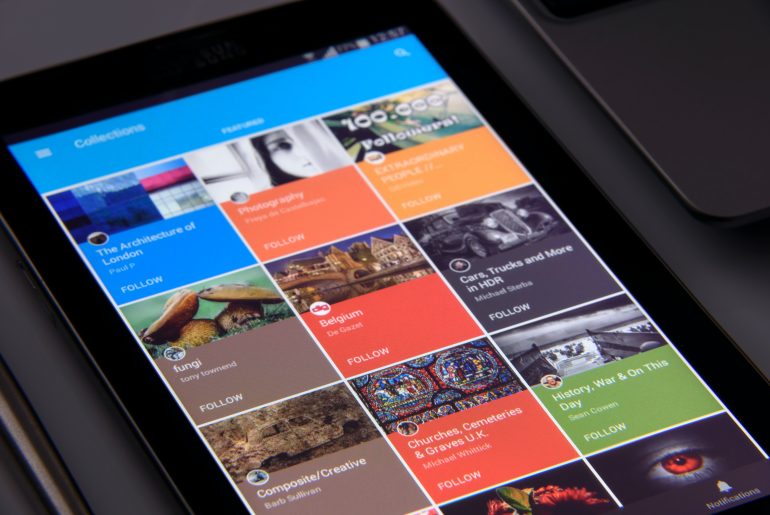Some of the most widely used popular data backup apps include Carbonite, MozyHome, and Dropbox. There are several other alternative options when it comes to data backup software, including BackBlaze, CrashPlan Home, Arq Backup, OneDrive for Business, Jungle Disk Data Safe [this is not an endorsement or recommendation – just being factual here], Amazon Glacier, and SpiderOak. It may be helpful to do a quick Google search to understand better what each provides before deciding between one over another. Salesforce data backup apps is one option that you can explore.
These approaches have been shown to have success stories in being able to prevent data loss. Other popular apps include CrashPlan Home, MozyHome, Carbonite, BackBlaze, Arq Backup, and Jungle Disk Data Safe. There are several other alternatives, including OneDrive for Business, Amazon Glacier, and SpiderOak. A Google search can be helpful to get a better understanding of what each provides before making a decision between one over another. These approaches have been shown to have success stories in being able to prevent data loss.
What is the difference between online backup and offline backups?
There are two main different approaches to backing up data: online and offline. With an online approach, the backup takes place over a wired connection such as an Internet connection. The benefit of this is that the transfer rate may be quicker than what would happen with an offline method. Still, it can also mean additional costs may be incurred because dedicated bandwidth needs to be applied for this type of process compared to offsite storage, where little or no bandwidth is required. Some reports having it over a broadband line such as DSL or cable may not always provide the needed speed depending on how much data needs to be transferred. Offline backups require either physical disks (i.e., a hard drive) or USB sticks/thumb drives to be written with the data and then taken offsite.
What is file backup?
File backup refers to backing up specific files versus all of the contents of a computer system. This can be done in multiple ways, but one example would be specifically saving documents that have been created so that if there was ever a need for these, they could be retrieved. It may also include essential photos or videos because they contain memories long after their creation date has passed.
Another option for file backup is an incremental backup, which keeps track of everything that has changed since the last full backup. An example of this might entail looking at when it took place and then keeping track of what happened until that day. As new things are added, it will be part of the next full backup instead of starting from scratch each time. This can be most beneficial when dealing with a massive number of files because it doesn’t require all of them to be copied over again.
What is an external hard drive?
A hard drive is a device where data is stored on disks contained within the components of the computer itself. It would generally consist of several platters that have magnetic surfaces capable of storing data in binary form, meaning bits and bytes. Not all systems have these capabilities built into them, so that they may rely on an additional external storage option: a DAS, NAS, SAN, or DSN product. Many people who use hard drives also tend to use an external hard drive, which is the same thing but located in an enclosure that allows for USB connectivity. This may be helpful when data needs to be accessed by multiple devices because it provides compatibility with anything with a USB port.
What are some advantages of file synchronization?
The big advantage of file synchronization is that it means you always have access to your files no matter where you are because they will be accessible via the Internet. It doesn’t matter what type of device you download associated apps onto since it can work through operating systems such as iOS and Android while also working with personal computers. It also doesn’t require the same level of storage capacity since it can work with cloud-based services, which are inexpensive compared to other options that may be available.
Another advantage is that file synchronization also allows users to have access to multiple devices within their network. You can start working on one device and then continue somewhere else without having any concerns over losing your place. This means you can work through various processes while not always being concerned about what type of device you are using.
What are some disadvantages of file synchronization?
One disadvantage occurs if there are limitations imposed by the provider who provides this type of service. For example, Dropbox has a 2GB limit per account, so anything beyond this size will need to be split up into different sections to be correctly managed. This also means that a lot of content will need to be maintained within the synchronization process, which can become time-consuming.
It is also worth mentioning that this type of service may not have as much encryption capability built into it compared to other options such as using an external hard drive. These are just some examples, but there could be additional limitations that would need to be considered depending on how you want to use this type of product or service.
What is online backup?
Online backup is storing data on remote servers, which means this information isn’t stored locally and manages the backups automatically, including full and incremental backups. The first level ensures your files remain and undamaged, while the second level makes it possible for you to access backups created during the first and then restore them as necessary. It is also worth mentioning that this type of product or service can be integrated into an online storage account which means users don’t have to worry about paying extra fees for additional storage after they meet their initial quota.
What are some advantages of online backup?
One big advantage of using an online backup system is that it provides a way for users to save money on hard drive requirements, so it takes less space up. This means there will be less hardware needed within your computer components because you won’t have multiple platters, which require a lot of storage memory.




